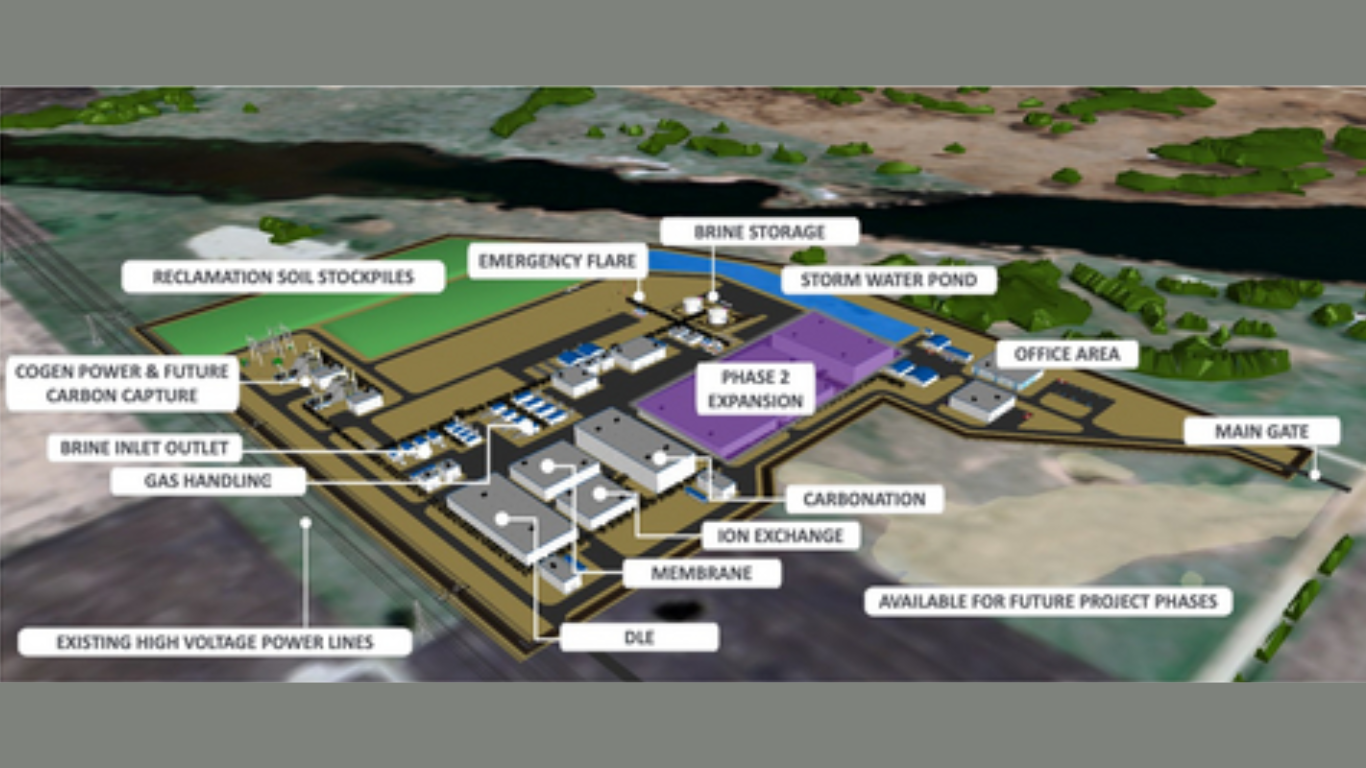Global companies are under pressure from stakeholders to scale software capabilities more quickly without sacrificing quality and control. Traditional outsourcing, characterized by distance and fragmentation, no longer fits the bill for agile product delivery. That is why organizations in ever greater numbers are coming to nearshore software development, a model that offers proximity and productivity.
In particular, Europe has developed into a powerhouse of high-value, cross-border collaboration. For many companies, nearshoring Europe has emerged as the strategic path towards securing access to exceptional engineering talent, real-time communication, and cultural alignment. As digital acceleration redefines the paradigm, the European nearshore ecosystem stands at the core of creating robust and scalable technology organizations able to innovate sans friction.
How Europe Solves the Global Tech Talent Gap
The competition for skilled developers, cloud engineers, and data scientists has increased across industries. It is becoming a strategic challenge to scale up sustainably because of talent scarcity and increasing remuneration in the marketplaces of the United States and Western Europe. Europe’s diverse, mature software ecosystem provides an effective solution.
During the last decade, the market for software development has grown in Europe, joined by strong technical education and innovative ecosystems that support this growth. Central and Eastern Europe regularly churns out some of the best engineering talent in the world, including countries like Poland, Romania, and Ukraine. Many of these have deep technical expertise, with very strong English proficiency. Most of them rank among the top 10 in the world in competitive programming and algorithmic problem-solving competitions.
It means world-class problem solvers with an understanding of the concepts of Agile, DevOps, and CI/CD in software delivery by tapping into the IT talent pool in Eastern Europe. Cultural proximity to the Western markets further enhances efficient communication and collaboration in the projects with minimum chances of an “outsourcing gap.”
How Nearshoring Enhances Operational Agility and Time-to-Market
In any organization handling complex digital programs, time-to-market is a question of competitive advantage. Distributed teams across several time zones mean friction: delayed feedback loops, missed stand-ups, and murky ownership. Nearshore software development removes these barriers in favor of continuous, real-time collaboration by aligning both time zones and working cultures.
Imagine a fintech company that is based out of London or Berlin. In this case, nearshoring the development to Central Europe enables developers to work almost synchronously with the core teams, meaning faster iteration cycles, higher responsiveness, and better product cohesion.
Apart from proximity, nearshore partners of Europe bring enterprise-level methodologies to help push the velocity of delivery: agile sprints, DevOps automation, and modern testing frameworks. Companies nearshoring in Poland or Portugal consistently report shorter release cycles due to close collaboration at the design, QA, and development levels.
How European Nearshoring Optimizes Costs Without Sacrificing Quality
While cost optimization is still one of the major drivers of global delivery models, the old paradigm of outsourcing-cutting costs at the expense of quality-has lost its relevance. Today, enterprises are looking for value per engineer rather than an hourly rate, and in this equation, Europe strikes a rare balance between affordability, stability, and excellence.
Outsourcing software product development to Europe allows clients to get rates 30-50% lower compared to Western markets, with the same engineering rigor and governance standards applied. The difference is in the ecosystem: developers in Central and Eastern Europe very often work within sophisticated R&D environments, supported by mature infrastructure and modern tech stacks, together with strong IP protection frameworks under EU regulation.
Practical example: A US-based SaaS company looked to increase its development capacity by opening a nearshore center in Romania. It achieved, within a year, a 25% reduction in operational costs and a 40% increase in delivery throughput without compromising product quality.
How Global Enterprises Use Nearshoring to Scale Teams Strategically
Scaling global tech teams is not just about volume but involves effective governance, culture, and integration. Rapid scaling often exposes flaws in communication, project visibility, and quality control. Nearshoring in Europe offers mitigation of those risks through mechanisms that are structured, flexible, and transparent for scaling a team.
Scaling software teams with nearshore centers is no longer solely about short-term staff augmentation. Leading enterprises establish long-term and fully integrated engineering units that work as extensions of their in-house organization. These are managed by local managers, sharing KPIs with core departments and governed via unified delivery frameworks.
With political stability, GDPR-aligned compliance practices, and advanced digital infrastructure in Europe, it is a perfect destination for such models.
How Nearshore Development Speeds Up Digital Transformation for Enterprises
Where digital transformation was once a choice, today it is an operational imperative. Yet, the majority of organizations struggle with how to modernize legacy systems, adopt cloud-native technologies, or embed AI capabilities at speed. Nearshore partnerships in Europe can become the catalyst for overcoming such transformation barriers.
Embed cross-functional nearshore teams to enable enterprise pursuits of ambitious digital transformation strategies without overstretching internal resources. Such teams would usually consist of specialized skills that include data engineering, AI model development, and microservices architecture, which are hard to scale domestically.
For instance, one Western European telecommunications operator partnered with a nearshore engineering team in the Baltics to expedite its 5G deployment and to work on the development of a real-time data analytics platform. Collaboration with this nearshore team helped the company execute its transformation roadmap 30% faster than forecast.
Conclusion: Nearshore Europe as an Accelerator of Global Innovation
Europe’s nearshore software development model stands at the crossroads of talent, technology, and trust. It enables global enterprise strategic growth, efficient work, and sustainable innovation.
With the demand for digital products not abating, nearshoring in Europe assures a permanent competitive advantage that marries world-class engineering capability with cultural synergy and operational transparency. For technology leaders looking to scale without compromise, Europe’s nearshore advantage is not an alternative but the future of global software delivery.
Article received via email






























